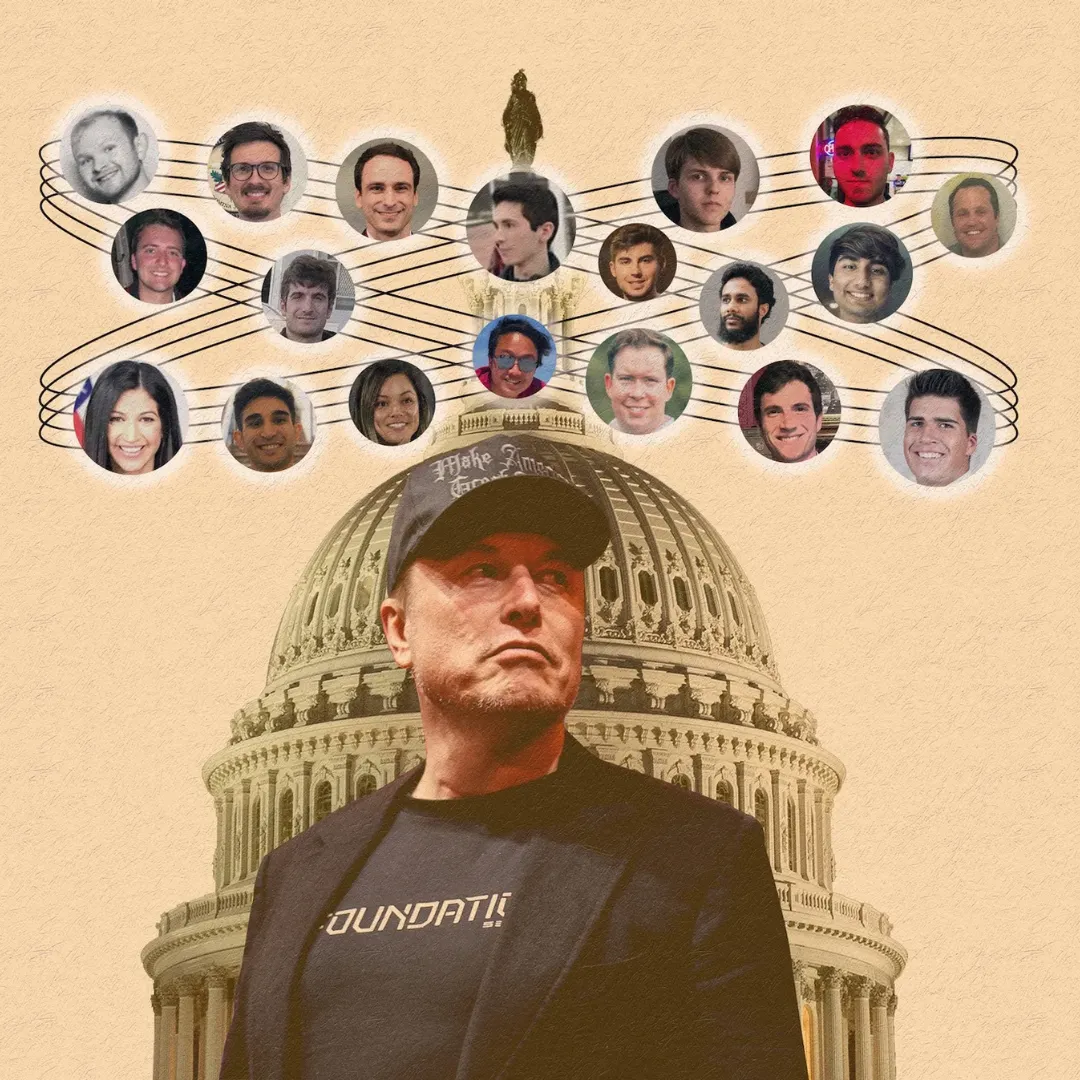
Jamie Lee Curtis, the celebrated Academy Award-winning actress, recently forced Meta CEO Mark Zuckerberg into action after a manipulated AI ad used her likeness without permission.
Her public call-out highlighted growing concerns over AI misuse and the challenges celebrities face in protecting their images in the digital age.
The incident began when Curtis discovered an advertisement circulating on Meta’s platforms that falsely portrayed her endorsing products she neither authorized nor approved.
The ad’s footage was AI-generated, based on an interview she once gave, but altered with fabricated words and expressions, misleading viewers.
Curtis initially sought removal of the ad through official Meta channels, filing complaints and requests. However, she received no meaningful response, prompting frustration and public outrage from the actress herself.

Taking to her Facebook and Instagram accounts, Curtis directly addressed Mark Zuckerberg in a stern and candid post, drawing attention to Meta’s failure to act despite her efforts.
“It’s come to this @zuck,” she wrote, “I have gone through every proper channel to ask you and your team to take down this totally AI fake commercial for some bullshit that I didn’t authorize, agree to or endorse.”
The social media post quickly gained traction, sparking widespread discussion about the dangers of AI-generated content and the responsibilities of tech giants in policing their platforms. It also served as a stark warning to other celebrities and public figures who might be vulnerable to similar exploitation.
Remarkably, just two hours after Curtis’s public post, Meta removed the offending advertisement.
Curtis herself celebrated the victory with an update, writing, “It worked! Yay Internet! Shame has its value!” This swift response underlined the power of public pressure in an era when tech companies often delay addressing such issues.

While Curtis’s proactive stance brought quick resolution, the incident shed light on the broader, ongoing struggle faced by individuals whose images are manipulated through artificial intelligence. The line between innovation and misuse has become perilously thin in the rapidly evolving digital landscape.
Deepfake technology, which enables the creation of hyper-realistic but fabricated videos, is increasingly accessible and often used for malicious purposes. Celebrities, politicians, and ordinary people alike have found their faces and voices exploited in unauthorized ways.
Curtis’s case is especially poignant given her reputation for integrity and truthfulness, both on-screen and off. She expressed that the fake ad diminished her ability to “actually speak my truth,” as her image was co-opted with fabricated statements inconsistent with her personal brand.
She emphasized the personal impact of the manipulation, noting that the footage was taken from an MSNBC interview during a sensitive time, and twisted to serve misleading commercial interests. Such misuse not only damages reputations but also erodes public trust in media.

Curtis is far from the only victim of AI impersonation. Notably, Tom Hanks has publicly warned fans about deepfake ads using his name and voice to promote dubious “miracle cures” and “wonder drugs.” These fraudulent campaigns prey on celebrity influence to mislead consumers.
The growing prevalence of deepfakes has prompted calls for stronger regulations and technological solutions to detect and combat AI-generated disinformation. However, the rapid advancement of AI tools often outpaces legislative and technical safeguards.
Meta, as one of the largest social media platforms, faces immense pressure to address these challenges effectively. The company has been criticized for lagging in content moderation and for enabling the spread of misinformation, deepfakes, and harmful content.
In response, Meta has introduced various AI and human review mechanisms to flag and remove manipulated media. The company also supports initiatives like StopNCII.org, a helpline aimed at helping victims of revenge porn and similar abuses.
Despite these efforts, incidents like Curtis’s highlight ongoing vulnerabilities and the need for more transparent, timely, and effective responses. Celebrities often feel they must publicly escalate issues to compel action from tech giants.
The intersection of celebrity image rights and AI-generated content raises complex legal and ethical questions. Laws are still catching up with the technology, leaving many victims with limited recourse against unauthorized use.
Curtis’s public shaming of Zuckerberg serves as a case study in how individual voices can pressure massive corporations to act responsibly. Her experience may inspire others to speak out against AI misuse.

At the same time, it reveals the darker side of technological innovation where the same tools that enhance creativity can also be weaponized for deception and exploitation.
The incident also underscores the evolving role of social media CEOs as gatekeepers of information and culture, balancing profit motives with public safety and ethical considerations.
Zuckerberg, whose Meta empire includes Facebook, Instagram, WhatsApp, and Meta Reality Labs, has repeatedly faced scrutiny over privacy, misinformation, and AI ethics. Curtis’s confrontation adds to the mounting demands for accountability.
This episode may influence Meta’s policies and priorities, pushing for faster removal protocols and improved AI content detection systems to prevent similar abuses in the future.
For the public, it raises awareness about the importance of critical media literacy and vigilance in an age where seeing is no longer believing.
As AI technology continues to develop, the challenges of deepfakes and manipulated media will grow, requiring concerted action from tech companies, governments, and users alike.
Curtis’s stand is a reminder that behind the algorithms are real people whose identities and reputations can be harmed by digital fakery.
In the end, her victory shows that even against vast corporate machinery, individuals can assert their rights and demand respect and truth in the digital age.

The case also signals to advertisers and marketers the dangers of unethical AI use and the potential backlash from misusing public figures’ images.
With AI-generated content becoming more prevalent, it’s clear that ongoing dialogue, regulation, and innovation are needed to protect individuals and society from its misuse.
Jamie Lee Curtis’s experience is a milestone moment in the battle for digital identity and integrity in an increasingly AI-driven world.
As technology reshapes communication and media, her story exemplifies the struggle to maintain authenticity and accountability in a complex online environment.
Her public shaming of Zuckerberg is not just about one ad but about setting a precedent for how AI misuse should be confronted and corrected.
The swift removal of the ad after her post shows that shame and public pressure remain potent forces even in the era of giant tech firms.
Curtis’s case is a clarion call for all stakeholders to work together to create safer, fairer digital spaces where technology empowers rather than exploits.
In the coming years, similar battles over AI, identity, and misinformation will define much of the cultural and legal landscape.
For now, Jamie Lee Curtis has sent a powerful message: no one should misuse someone else’s image without consequences.
Her courage encourages others to stand up and fight against the dark side of AI manipulation.
The fight for truth, dignity, and control over one’s own image is just beginning.
And it’s a fight that touches all of us as we navigate the promises and perils of a digital future.




